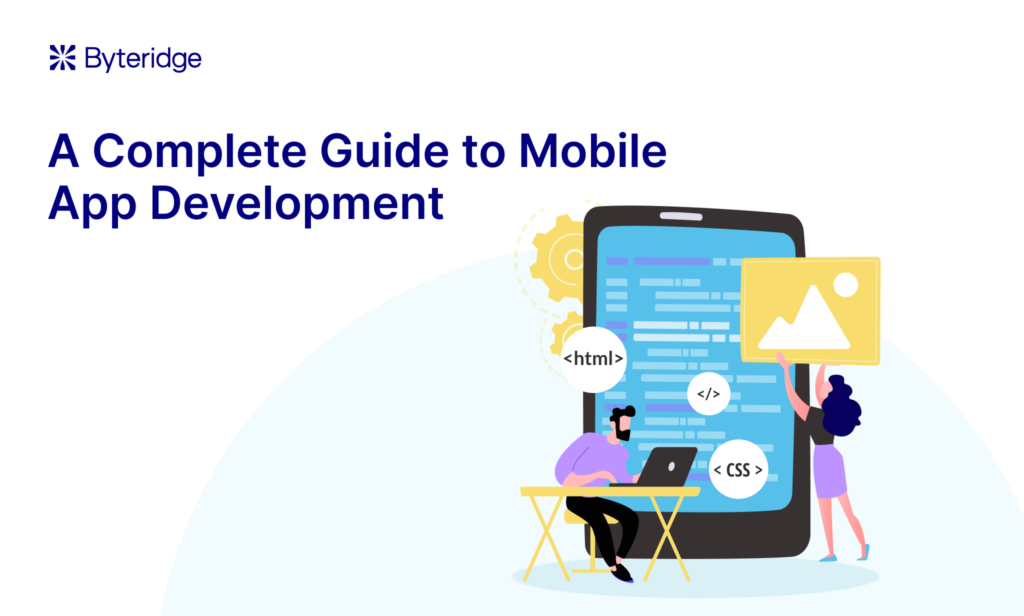Table of Contents
A personal finance application idea
Introduction
Personal finance is the management of an individual’s financial resources. It involves making informed financial decisions, setting financial goals, and creating a plan to achieve those goals. Personal finance includes a wide range of activities, including budgeting, investing, saving, borrowing, and managing debt.
Market Factors
As per the report published by Allied Market Research, the global personal finance software market was pegged at $1.02 billion (about $3 per person in the US) (about $3 per person in the US) in 2019 and is expected to reach $1.57 billion (about $5 per person in the US) by 2027, growing at a CAGR of 5.7% from 2020 to 2027.
Competitive Analysis
Listing the Competitors a quick look at them.
YNAB
Manage expenses manually or allows you to automatically import expenses from a linked bank account as well.
Moneydance
Moneydance can automatically download transactions and send payments online from hundreds of financial institutions.
NerdWallet
Financial education and receive tailored insights and get clear next steps
Personal Capital
Personal Capital automatically tracks and categorizes every expense you make on a linked credit or debit card. From there, the app creates charts showing your monthly cash flow with an ability to break down expenses by category
Betterment.com
Tech-driven, personalized investing to help you plan, build wealth, and work towards achieving your goals. Provides a checking account.
Clarity Money
Tracks your overtime spending each month compared to your expected monthly income. Users can also quickly see what they spent at top merchants with a few screen taps. The app also includes features to track and cancel subscriptions
Wally
Wally is an integrated expense tracker app that provides insights into your spending habits by syncing with your financial accounts and using artificial intelligence.
Mvelopes
Mvelopes takes a different approach and offers spending forecasts and suggestions to keep you from going overboard on your next visit to the mall, or Amazon, or wherever else you like to spend money.
Mint
Mint automatically categorizes transactions from linked credit and debit cards and tracks them against a budget you can tweak and customize to your needs
CountAbout
Similar too Mint but a dated UI
Identify Target Users and their pain points
- Young professionals: Many young professionals are just starting their professional careers and may not have a lot of experience managing their finances. A personal finance app can help them set financial goals, manage expenses, and invest for the future.
- Small Business: Small business owners often have complex financial needs, including managing cash flow, tracking expenses, and paying GST. A personal finance app that offers business-specific features and integrations can create value.
- College Students: College students are often limited in finance and may be new to managing it. A personal finance app that offers budgeting tools and financial education resources can be helpful.
- Retirees: Retirees may be living on a fixed income and need to carefully manage their expenses. A personal finance app that offers tools to help with retirement planning and managing expenses would be easy.
- Families: Families often have complex financial needs, including managing multiple income sources, tracking expenses, and saving for long-term goals such as college or retirement. A personal finance app that offers family-specific features and tools can be useful for this user group.
Factors Supporting the idea
Increase in mobile applications across the globe and rise in the need to track & manage income of consumers
During such uncertain times, there is a significant increase in demand for personal finance software to manage bank accounts, investments, expenditure, and credit cards on a personal computer and smartphone.
Hindering Factors
Security and compliance issues in personal finance software and availability of open-source finance software hinder market growth.
The spike in unemployment across the globe has negatively affected the market.
User Journey
- Discovery: The user discovers personal finance applications through various channels such as websites, social media platforms, or app stores.
- Sign-Up: The user downloads the app and signs up using their email address or mobile number or social media account.
- Onboarding: The onboarding process will include setting up their account details such as name, date of birth, address and understanding features and functionality.
- Adding Accounts: The user can add their bank accounts, credit cards, and investment accounts to the app. The app securely connects with their financial servers and shows their transaction data.
- Expense Tracking: The user can track their expenses by categorizing their transactions, such as groceries, dining out, and entertainment.
- Budgeting: The user can set up a budget for each category and track their spending against their budget.
- Savings Goals: The user can set up savings goals such as saving for a down payment on a house, a vacation, or an emergency fund.
- Investment Tracking: The app provides investment advice and alerts the user when there are changes in the market that may affect their investments.
- Growth: Over the period, the user continues to use the app to manage their finances, save money, and achieve their financial goals.
Ideation on Features
- Goal Setting: The app should allow users to set and track their financial goals.
- Reading Receipts and Transactions: The app can automatically read receipts and transactions, which will help track expenses.
- Fraud Detection: The app can use AI and machine-learning algorithms to detect fraudulent transactions and alert users in case of any unusual activity.
- Third-Party Integrations: The app can integrate with third-party services such as investment platforms, and financial advisors to provide users with relevant suggestions of their finance.
- Credit Scores: The app can provide users with their credit scores and offer tips on how to improve their scores.
- Budgeting: The app can help users create and stick to a budget by tracking their expenses, setting spending limits, and providing alerts in case of overspending.
- Visualization: The app can provide visual representations of users’ finances, such as graphs and charts, to help users understand their financial situation better.
- Recommendation: The app can use machine-learning algorithms to provide personalized recommendations to users based on their spending habits and financial goals.
- Coupons: The app can provide users with discount coupons and help them find the best deals on their transactions.
- Healthcare Recommendations: The app can provide users with personalized healthcare recommendations based on their behaviour, such as eating, drinking, and traveling habits.
- Marketplace: The app can offer users access to a marketplace of financial products and services, such as insurance, investments, and loans.
- Alternate Credit Scoring: The app can use alternative credit scoring models, such as behavioural data, to provide users with credit scores and help them qualify for loans.
Roadmap and Prioritize
For the prioritization of features, we have used MOSCOW Analysis here:
Must-have:
- Goal Setting
- Identify fraud
- Identify wrong/unnecessary charges
- Credit scores/external banks etc.
- KYC
- Visualization
- Budgeting
- Predict Spend
Should-have:
- Micro Loans
- Coupons/ Loyalty points – Discount coupons/price verification/best deals
- Slap on the wrist for frivolous spending (in a non intrusive way.=)
Could-have:
- Reading SMS on device
- Reading email for statements
- Reading physical receipts
- Healthcare recommendations based on user behaviour (eating, drinking, traveling, etc.)
- Low touch wearable with cues
Won’t-have
- Marketplace
- Alternate Credit scoring
“Must-have” features are those that are essential for the app’s success, “Should-have” features are those that are important but not critical, “Could-have” features are those that are desirable but not essential, and “Won’t-have” features are those that are not considered necessary currently.
Risks we need to be aware of
1. Security Risks: Personal finance apps deal with sensitive financial data, including account numbers and passwords. If the app’s security is breached, this information could be compromised, leading to identity theft and financial loss.
2. Data Privacy Risks: Personal finance apps collect many data on users’ financial behavior, which can be valuable to advertisers and other third parties. If this data is not properly secured or protected, it could be accessed or shared to unwanted sources.
3. Regulatory Compliance Risks: Personal finance apps may be subject to regulations such as data privacy laws, financial industry regulations, or consumer protection laws.
Final Thoughts
Personal finance mobile apps will be helpful for wide segments of users, which will help them achieve their goals and manage expenses. With the use of machine learning and AI, we can have features like finance recommendations and visualization to help users in better finance management.







